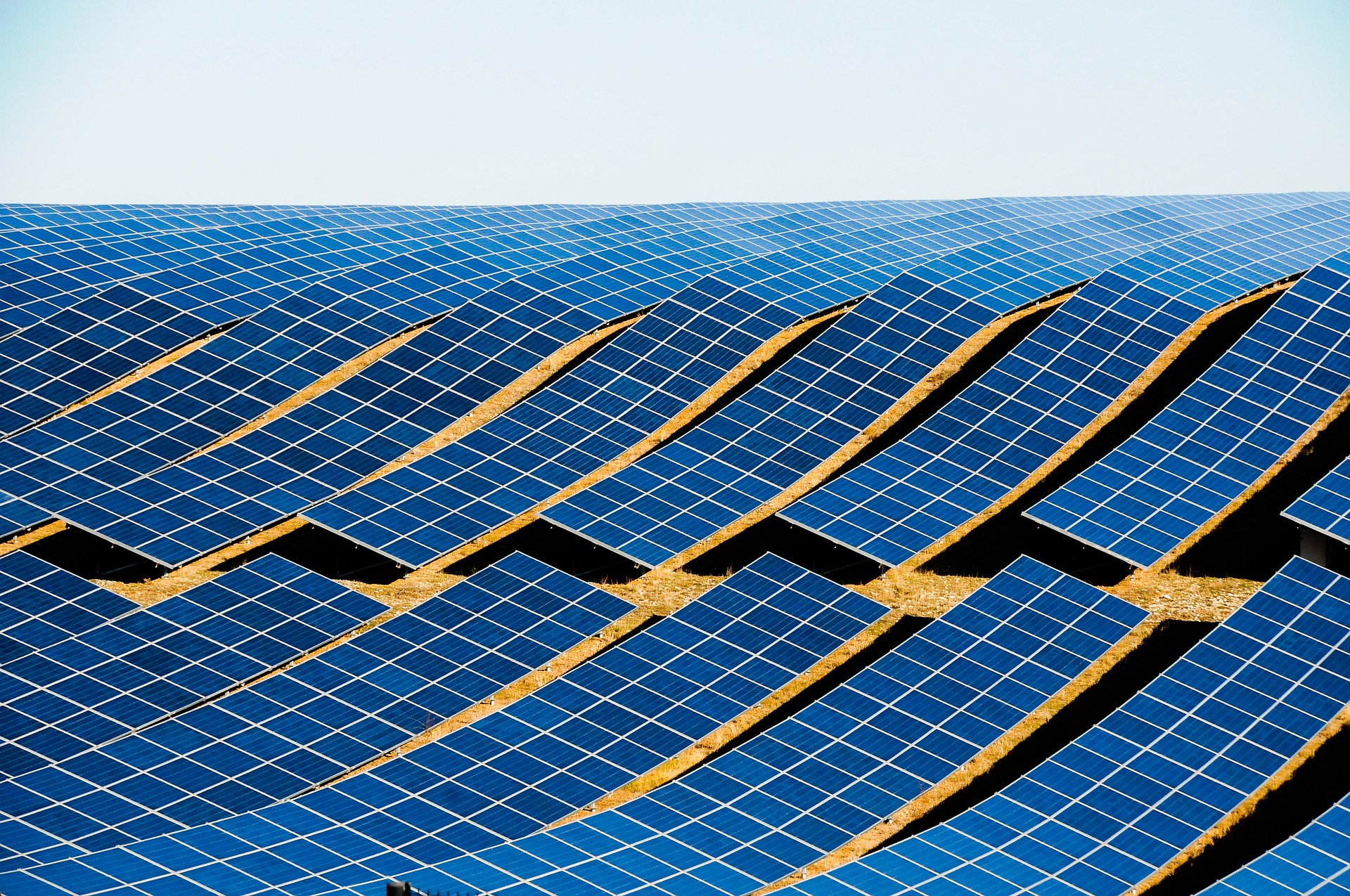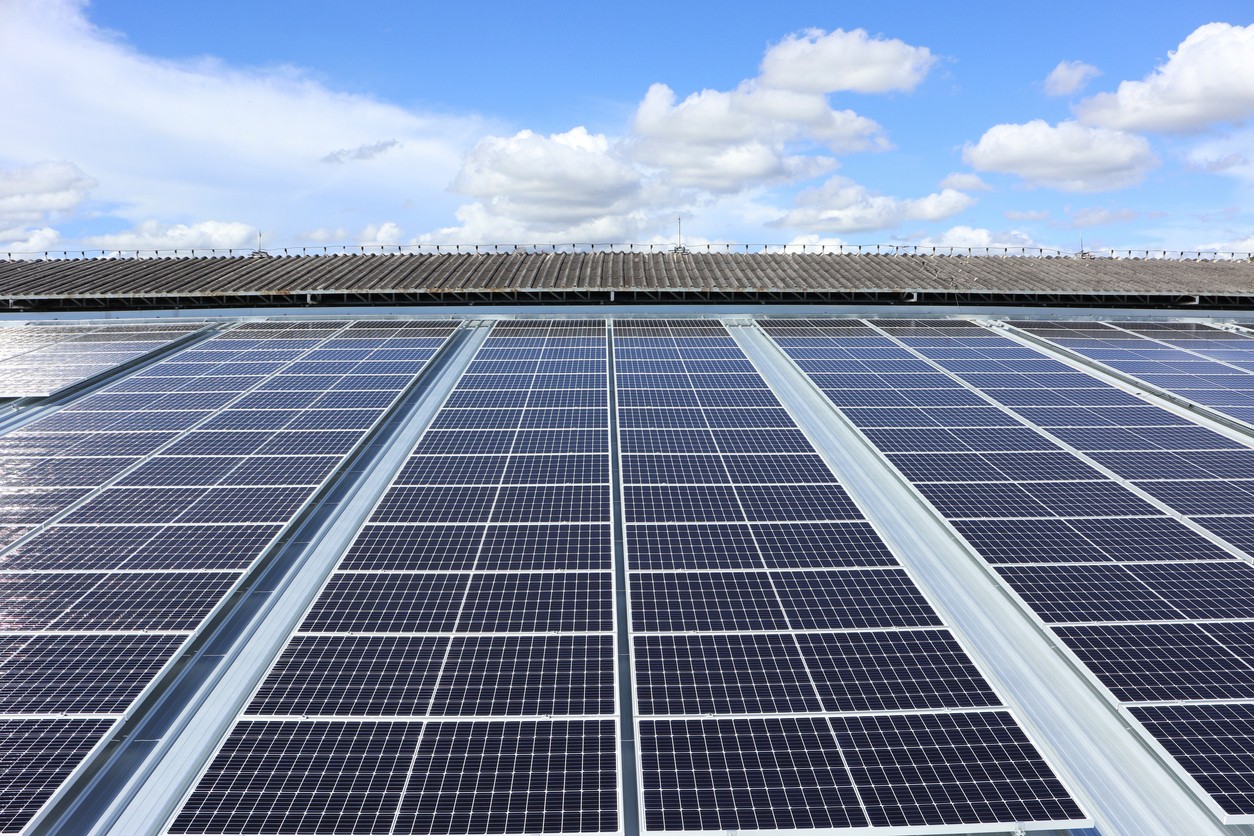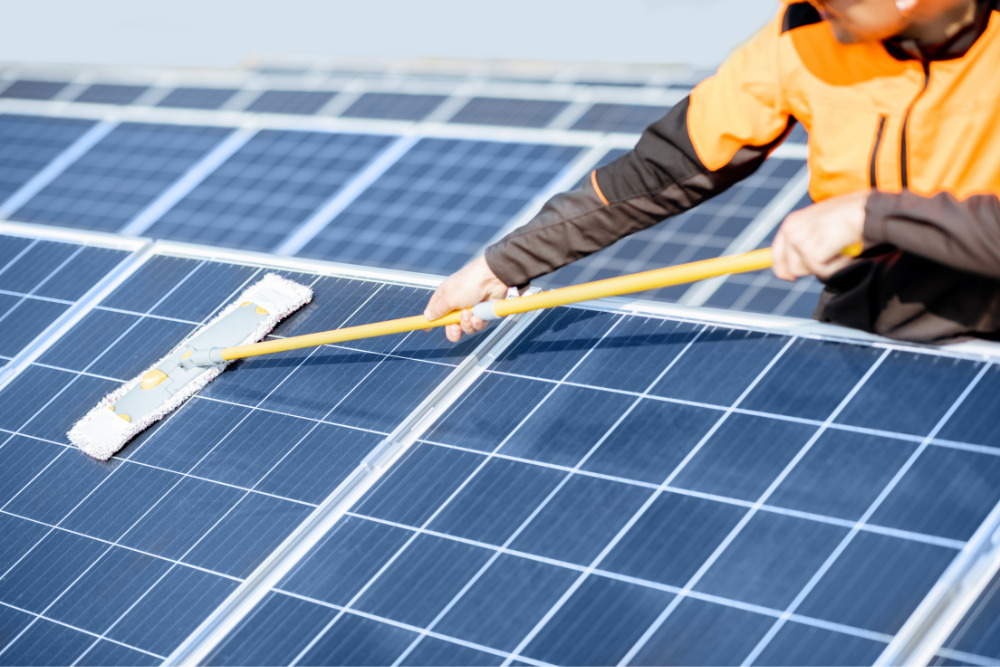Due to the rising need for renewable energy around the world, monocrystalline solar panels are being used increasingly. Monocrystalline solar modules provide direct current (DC) electricity, which still must be converted to alternating current (AC) to work on the integrated electrical grid. Thus, the relationship between DC generation and AC integration needs to be perfectly understood and balanced.
Efficiency and DC output by power generations of monocrystalline solar panels
Monocrystalline solar panels have higher efficiency and stable DC output. Under standard test conditions (STC), the energy conversion rate of monocrystalline silicon cells can basically reach 22%-23%, and a square meter of panel can get approximately 220-230 watts of power. For instance, a monolithic 20 kW installation on a 100-square-metre roof could spit out about 160 kilowatt-hours (kWh) of juice each day under direct sunlight: in other words, one week's normal household electricity consumption.
Influencing Factors: Temperature Coefficient and Light Intensity
Although monocrystalline cells are the most effective, they are also influenced by temperature and light rates. Monocrystalline cells, in general, have a temperature coefficient from -0.3% to -0.5%/°C; that is, every 1°C increase decreases the panel power by 0.3%-0.5%. As a result, during the summer months in a high-temperature environment, the panel of a given size makes less power than its winter numbers. Monocrystalline cells are superior under low light conditions and can generate more than 70% of peak power output even when solar irradiance is as low as 200 watts/m².
Inverters and the Role of DC to AC Conversion
The inverters are important in that DC electricity generated by monocrystalline solar modules is converted to AC electricity. Generally, modern inverters are 95% to 98% efficient; for every hundred kWh going in (DC energy), it generates between ninety-five and ninety-eight kWh of AC power being put out.
Types of Inverters and Their Efficiency
All of these are types of inverters, and depending on the application scenario and size, you might choose a string inverter, microinverter or power optimizer system. For instance, microinverters can control the output power of every single panel apart so that the overall system's power does not fail because only one panel is shaded or damaged. In cases where even 10% of the panels are shaded, you may start losing upwards of 15%-20% with regular string inverters,but losses are usually under 5% when microinverters are at play.
Inverters are selected in terms of peak efficiency and European efficiency
There are two main parameters before you choose an inverter: peak efficiency and European efficiency. Peak efficiency is the highest that the inverter can ever be efficient under perfect conditions, and European yield is considered somewhere between 20%-100% of maximal irradiance. In North America, a European efficiency of more than 96% is sufficient for residential systems of almost all sizes, and if you install an inverter with such proportions every year, it will generate no less than 6,000 kWh of AC power on average.
AC Integration: Grid Compatibility and Interconnection Standards
This section excerpted some of the key points in Article 22 of the Regulation pertaining to AC Integration on technical characteristics, grid compatibility, and interconnection standards.Once DC is changed into AC, it has to be synchronized with the grid in terms of frequency, phase and voltage level, too. Thus, many important countries impose stringent protocols with respect to grid-tied systems, such as the IEEE 1547 standard in the US and the VDE AR-N 4105 standard in Europe.
Challenges In Interconnection: Voltage Fluctuation And Harmonic Distortion
Voltage uptight and harmonics arise as frequent technical concerns during grid connection. The most common causes of these overvoltage events are load changes, frequent inverter startups, or adverse weather conditions leading the local grid voltage to rise above normal voltage levels. Aside from impairing the normal operation of some other electronic stuff, harmonic distortion and imperfect waveforms can originate from the inverter. In recent years, most modern inverters have been designed with Dynamic voltage regulation and level Harmonic filtering so that stable power quality is maintained while connected to the grid.
SmartGrids and two-way power flow support
The adoption of smart grid technology expands the number of grid-connected systems that can provide bidirectional power flow as well, meaning a household not only has a way to pull power from the grid (to replace what gets used electricity-wise on overcast days or at night) but also to export excess energy back into it. The use of such systems can effectively relieve the grid load pressure and improve the utilization of renewable energy. If the system is installed in a household, its monthly average output can provide almost 200 kWh of electricity that going into the grid becomes an effective CO2-emission reduction by approximately 0.14 tons.
Economic Analysis of Monocrystalline Solar Panels
Monocrystalline Solar systems have a high investment when compared to other options available, but for long-term benefits, it's considerable. On global standard, a monocrystalline Panel what costing against $1. That is around $12,000 in total to make a 10 KW system. On average, the system pays for itself between 7-10 years with increased electricity prices and a lifespan that exceeds 25 years.
Return on Investment (ROI) and Internal Rate of Return (IRR) Analysis
Considering the local electricity price to be $0.12/kWh and that a 10-kilowatt photovoltaic system generates an average annual power of 12,000 kWh, then the savings on electricity each year would amount to $1,440. After accounting for an annual maintenance cost of around $100, the net income is $1,340. Thus, its annual ROI stands at around 11%, and IRRs range from 10%-12% depending on local policy support and fluctuating electricity prices.
Policy Support: Tax Credits and Subsidy Policies
Solar power generation enjoys different levels of policy support in various countries across the world. In the case of the U.S.,this would be, as an example — The Federal Investment Tax Credit (ITC) in a residential application at 26%. It means that instead of having to pay $12,000 for a system investment, you only need to come up with $8,880. There are added incentives, and many states also include rebates and net metering in particular states that dramatically shrink the investment payback term.
Future Development Trends and Technological Innovations of Monocrystalline Solar Panels
Improvements in performance and cost for monocrystalline panels are continuously being made. Advancements in new materials and manufacturing processes are foreseen to push the energy conversion efficiency of panels past the 25% threshold. Meanwhile, new technologies such as bifacial panels, PERC technology, and half-cut designs that provide higher power generation and longer service life for photovoltaic systems are increasing in popularity.
Bifacial Panels: Increasing Power Generation and Reducing LCOE
Since the back of the panels is able to absorb reflected and scattered light, therefore, it increases the total power generation. The bifacial panels produce more power, up to 10-20%, in a high-reflecting environment like white roofs or desert areas; thus, it effectively reduces the LCOE of the system.<
PERC Technology and Half-Cut Design: Reduction in Internal Loss, Improvement in Reliability
The passivation layer added on the rear side by PERC technology in cell technology reduces the recombination loss of the photogenerated carriers and thus increases cell conversion efficiency. The half-cut design divides each cell into two independent sub-modules to reduce hot-spot effects and mechanical stress between cells. By comparing the degradation rate of PERC half-cut panels with the traditional ones, the experimental data shows that it is about 20% lower in the long-term high-temperature and high-humidity environment, and so the long-term reliability and stability of the system are greatly improved.
In summary,Monocrystalline solar panels have absolute advantages in basic photovoltaic conversion efficiency, inverter selection, AC integration, economic return on investment, and future development directions. All the above technical data must be needed to understand and apply for the best performance of the photovoltaic system and optimal investment returns.



